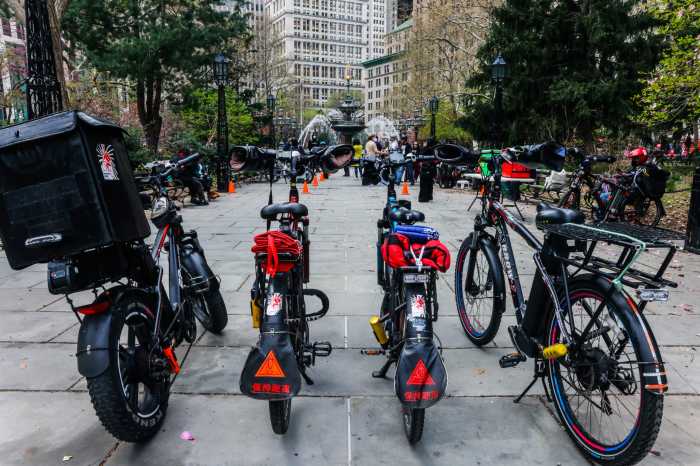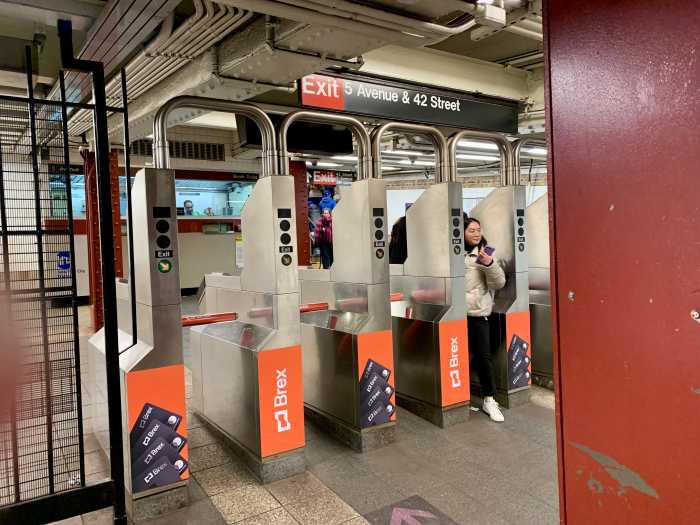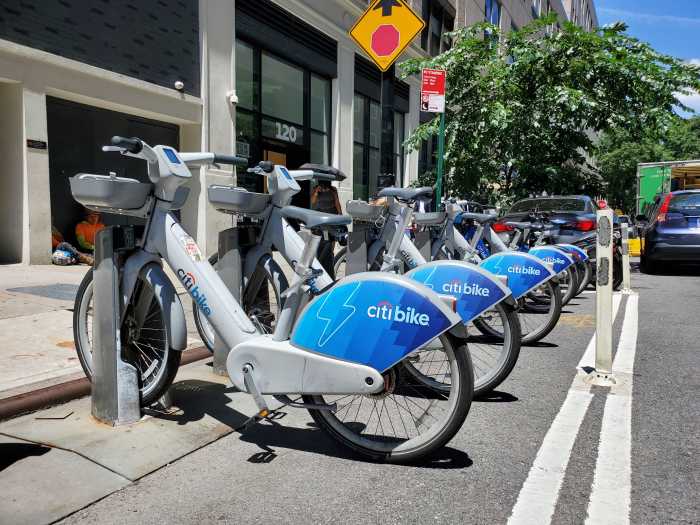The MTA has hired a new accessibility chief to oversee projects to improve subway, bus and paratransit service for commuters with disabilities.
Accessibility advocate Alex Elegudin will begin the new position beginning June 25, NYC Transit president Andy Byford announced Monday. Byford had prioritized the creation of the position as part of his new push to improve access to subways, buses and Access-A-Ride.
“[Elegudin’s] mandate will be to pull together all of the various accessibility work streams; to be the voice of people with mobility and other accessible impairments; to work across all the various projects that we have going on and to work across all of the groups to give relentless advice, informed advice, on the accessibility cause,” Byford said at the MTA board’s transit committee meeting.
Elegudin has used a wheelchair following a spinal cord injury sustained during a 2003 car crash. He has worked as an associability advocate for nearly a decade. He’s the co-founder and president of the nonprofit Wheeling Forward, and had previously worked as the accessibility program manager at the city’s Taxi & Limousine Commission.
Elegudin will be tasked with improving a subway system where about 25 percent of all 472 stations are wheelchair accessible — a key tenet of Byford’s Fast Forward service plan. Elegudin said his immediate challenges will be identifying accessibility needs on a granular level — beyond just adding elevators.
“Everybody knows about elevators, but the system is so much bigger than that,” Elegudin said, adding that, improving real-time information on service for riders with disabilities could be a quick win.
“I think communication is probably number one. If customers know better — if there are issues or things are happening in the system — they can plan their day,” he said. “The worst thing that can happen to you as a person with a disability, is when you get to an elevator . . . and it’s not working.”
Elegudin believes he’s part of a larger culture shift at the MTA to put accessibility at the forefront of transit, right alongside subway and bus service improvements.
“One of the biggest changes is cultural, and seeing that President Byford has brought myself on, that he’s made this a priority in the plan,” said Elegudin, “but ultimately I do think riders have to see something before they really believe in it. And we understand that and we want to deliver that.”






























